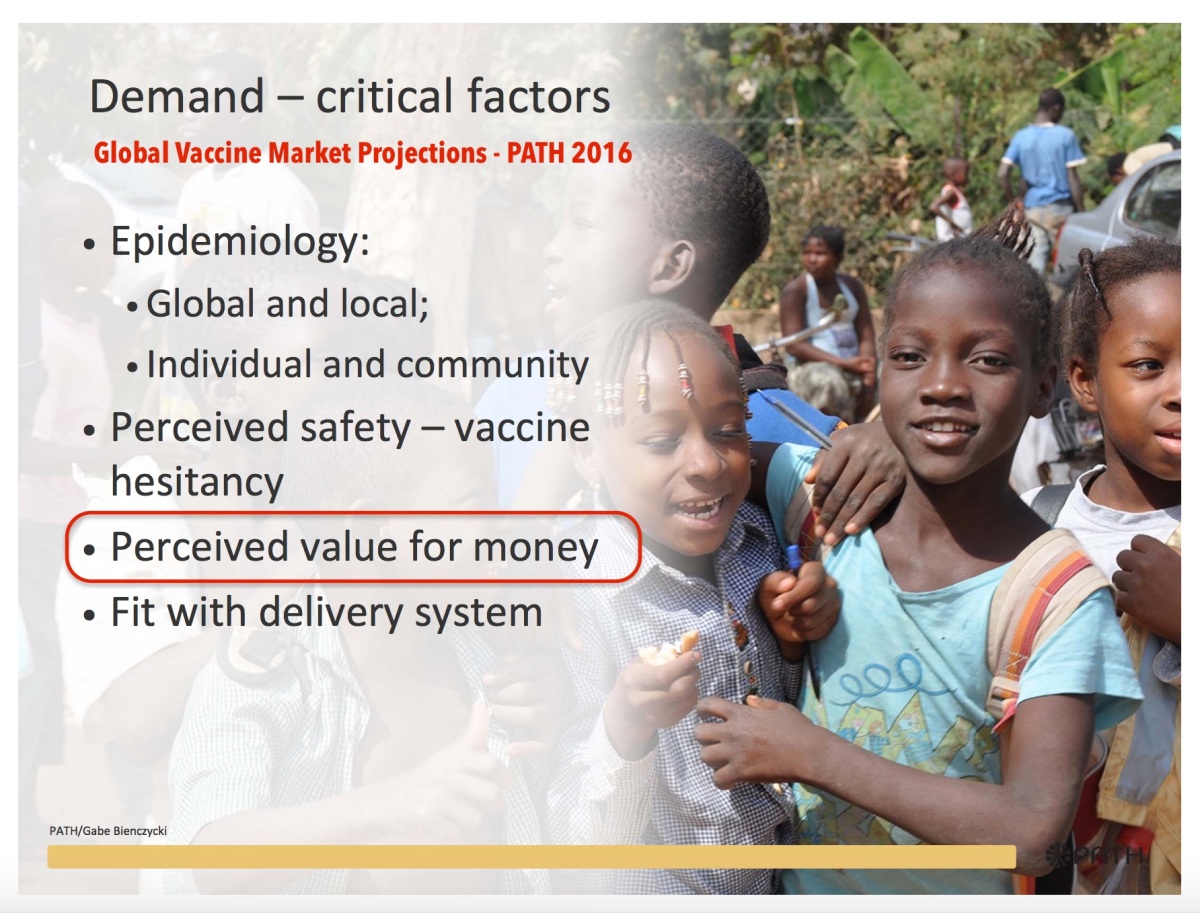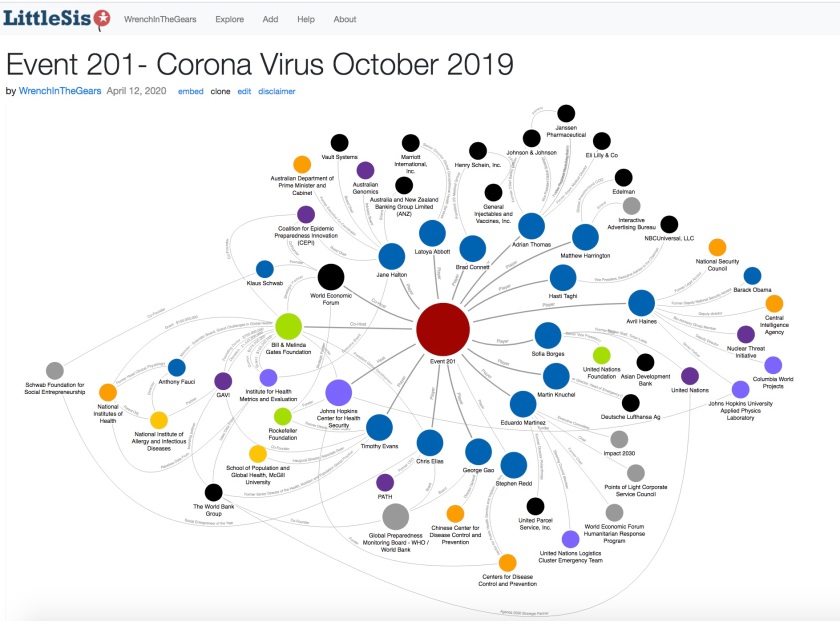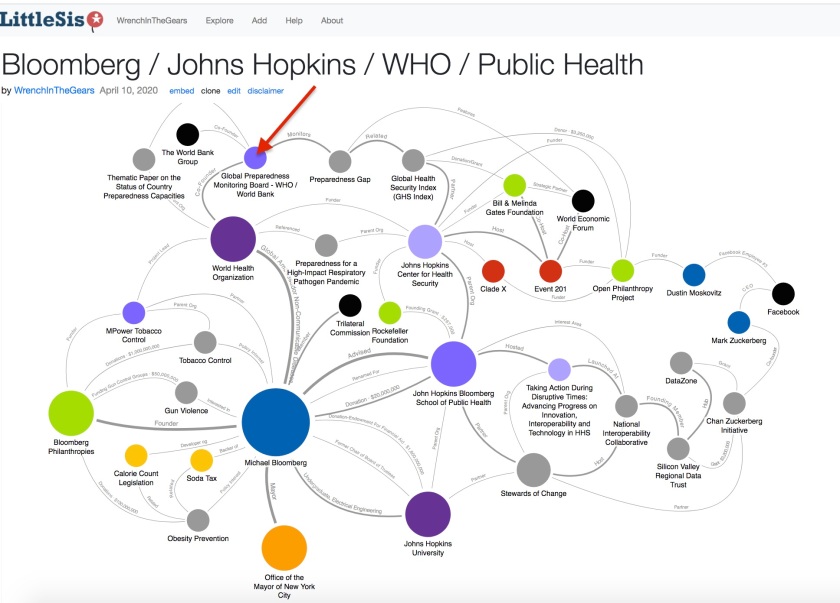The Big Green Lie
June 26, 2020
By Stephen Corry
WWF recently released (June 5th, 2020) a short video[1] of British “national treasure” and conservation icon, Sir David Attenborough, telling us that “suddenly” saving the world is within reach. He says they know what to do and have a plan to build a stable, healthy world that we can benefit from forever. What’s not to like? Well, a lot! WWF’s plan regurgitates a 19th century racist assumption: That too many of the wrong kind of people threaten us all.
Their “plan” has four commandments: 1) “stop the damaging stuff”; 2) “new green tech”; 3) get population down, and; 4) keep hold of “natural wealth we have currently got.”[2] Let’s begin by removing the two “no-brainer” outliers, the first and last in the plan, stopping doing damage and keeping existing advantages. Both are self-evident approaches to pretty much anything. What we’re left with then is just two answers to the planet’s problems – new green tech and reducing population.
What’s the underlying message in the first: We can carry on business as usual so long as we change our energy source? We swap oil and coal for wind and solar and hey presto the world is saved? But hang on, what about the carbon footprint, and the slave and child labor, used in building that “new green tech” – tiny children digging cobalt in the Congo,[3] for example? What about the growing inequalities which fuel the massive overconsumption by the élite? If the world’s most famous opera house in Milan played to a packed house of the world’s richest people, it’d be host to nearly two-thirds of the total money owned by everyone on the planet.[4] Might that astonishing detail be relevant? What about the fact that the average American citizen – leave aside a well-heeled WWF executive – in just over a week consumes about the same as a sub-Saharan African does in a year, and uses the same energy as a South Sudanese does in two years?[5] Who bears the real responsibility for doing “the damaging stuff”? After all, there are hundreds of millions of people in the world who live and die, often hungry, who are responsible for practically no pollution at all.
Yes, it’s certainly vital to stop burning fossil fuels, but will the “world” be saved simply by swapping oil for renewables, or might that really also be about enabling the élite to carry on doing what they’re doing, just by investing in different companies?
But it’s in the other “solution” – getting the population down – where both Attenborough and WWF really plumb the depths of their elitist ideology. One can visualize the meetings of writers who struggled to express this without attracting attacks from those like me who think the 200-year old cry of “overpopulation” is ideological, fundamentally racist, certainly eugenic, and nothing to do with science.
The writers finally came up with, “stabilize the human population as low as we fairly can.” They presumably thought that using “stabilize” rather than “reduce” (which is what they mean), and that inserting “fairly,” would satisfy the critics. That only goes to show just how little they understand what the problems with their “overpopulation” dirge actually are!
The inconvenient truth, never mentioned by the ideologues, is that the Global North’s population has been dropping for generations. Overall numbers are still growing there only because they’re boosted by newcomers from the Global South.[6] The largest growth area is sub-Saharan Africa, where the population density remains extremely low and where they use very little of the world’s resources themselves.[7] That’s because the “natural wealth they have currently got” is largely stolen from them by the North.[8] Have a look at the area at night from a satellite to see just how little energy is used in Africa compared to Europe, or get the view from a plane, as Attenborough will have done hundreds of times.

In other words, if you’re worried about overpopulation threatening the environment, then you’re blind to the real menace: It’s not the growing number of “have nots” in the South, but growing overconsumption by the “haves” in the North.
One group acutely worried about this non-existent “overpopulation” is the fascists who believe in “replacement theory” – that the “white races” are being overrun by growing numbers of Africans, Asians and Latin Americans. Many progressive folk don’t realize just how widespread that conviction is, but it’s time they wised up: It’s been the founding creed of the extremist right wing for over a century.[9] Ecofascists are also concerned about the environment being overrun, and so are many in the conservation sector, which has its own foundation in racism and anti-immigration.[10] They might balk at thinking they too share ecofascist beliefs, but many of them do.
To underscore its point, WWF’s footage accompanying its cry to “stabilize” the population “low” looked like it was shot on the banks of the Ganges or similar. The inference is clear. Overbreeding non-Europeans threaten our world.

Now, social media is not the best repository for definitive answers to the universe’s riddles, or even one planet’s problems, but let’s consider all this. The film may be less than a minute long but it doubtless cost WWF thousands. Experts would have pored over the script to ensure it was exactly right before attaching the best footage to illustrate the meaning. Attenborough’s people, probably the man himself, must have approved the final cut, after all he’s probably the world’s most experienced broadcaster and he certainly picks his “issues” with extreme care. Believe me, nothing here was left to chance.
People on social media, including me, reacted quickly to the film. We complained and forced the conservation giant to take it down and apologize.[11] But it’s too late. It’s clear what WWF and their ilk actually believe.
The story reminds me of WWF fundraising from 1994, which posed the very odd question: whether to send in the army or an anthropologist to stop indigenous people destroying the Amazon (its proposed answer, needless to say, was to give WWF yet more money). Yes, WWF actually suggested that indigenous people, not the industry bigwigs[12] it invites to sit on its boards are the destroyers of the world’s largest rainforest, an ecosystem which those same indigenous people are both responsible for creating and by far the best at protecting. That can now be proven from satellite pictures and data about the higher biodiversity in indigenous-controlled territories.

The real tragedy here is not what Attenborough and WWF believe – that won’t change unless and until savvier folk get a controlling hand – it’s that they are able to foist their propaganda on so large a sector of the Global North, including on many progressives. Perhaps many white environmentally-aware people really do believe that “overbreeding” will overrun the Earth and see it as a duty, even “sacred” duty, to defend the planet from the barbarian hordes. That’s been the really big lie drummed into us for over a century, it’s a key component of racism and anti-immigration. It has financial support from corporations and big foundations, and enormous backing from governments which dedicate massive amounts of our money to foment it. Worst of all, those who promulgate this lie are now planning on getting billions more dollars through their terrible “new deal for nature,” which is warming up to be the biggest land grab in history. They want control of no less than one-third of the globe for their “Protected Areas,” and yes, they are sending in the army, often private militias, to get local people out.[13]
If we really want to save the world, we have to fight against such a truly destructive message. My guess is that it’s a struggle which will never end, but like combatting bigotry, cruelty and disease, that’s no reason not to engage. Here’s the real choice: On the one side are billions of dollars, on the other, billions of lives.
Attenborough and WWF say, “We now have the choice to create a planet that we can all be proud of.” They illustrate it with a sci-fi-like cityscape to illustrate what they have in mind.

It’s actually a picture of Singapore’s “Gardens by the Bay” theme park, which cost over (U.S.) $700 million to build and $20 million a year to run, in the world’s third richest country (per capita).[14] As you would expect, the futuristic “gardens” were built by migrant laborers who face prison and beating if they overstay. Many low-paid construction workers in Singapore are from India.[15] Who knows, perhaps some of the same laborers could be in the clip of the overpopulated “Ganges” earlier in the film? Anyway, it’s entirely fitting that Attenborough and WWF’s choice for the future is a theme park reserved for the rich. If the rest of us have a choice, then please count me on the other side.
Notes.
1) Link to the original film: (https://twitter.com/Survival/status/1268935324232814592) ?
2) The full text is: “Suddenly, saving our planet is within reach. We have a plan. We know what to do. Stop the damaging stuff, roll out the new green tech, stabilise the human population as low as we fairly can, keep hold of the natural wealth we have currently got and we’ll have built a stable, healthy world that we can benefit from forever. We now have the choice to create a planet that we can all be proud of, our planet, the perfect home for ourselves and the rest of life on earth.” ?
3) Amnesty International. “This is what we die for”: Human rights abuses in the Democratic Republic of the Congo Power the global trade in cobalt. London: Amnesty International, 2016. https://www.amnesty.org/download/Documents/AFR6231832016ENGLISH.PDF (accessed June 23, 2020) ?
4) The world’s billionaires own as much wealth as 60% of the earth’s population.
Lawson, Max, Anam Parvez Butt, Rowan Harvey, Diana Sarosi, Clare Coffey, Kim Piaget and Julie Thekkudan. Time to care: Unpaid and underpaid care work and the global inequality crisis. Oxford: Oxfam International, 2020. https://oxfamilibrary.openrepository.com/bitstream/handle/10546/620928/bp-time-to-care-inequality-200120-en.pdf (accessed June 23, 2020) ?
5) World Bank. “GDP per capita (current US$)”. World Development Indicators. The World Bank Group. 2018.
https://data.worldbank.org/indicator/NY.GDP.PCAP.CD?locations=US-ZG (accessed June 23, 2020) ?
6) The United Nations Department of Economic and Social Affairs. “Migration and population change – drivers and impacts”. Population Facts, no 2017/8 (2017). ?
7) The World Bank. “Population growth (annual%)”. 2018.
https://data.worldbank.org/indicator/SP.POP.GROW?locations=EU-ZG-US-AU-CA-NZ&name_desc=false (accessed June 23, 2020) ?
8) McVeigh, Karen. “World is plundering Africa’s wealth of ‘billions of dollars a year’”. The Guardian, May 24, 2017. https://www.theguardian.com/global-development/2017/may/24/world-is-plundering-africa-wealth-billions-of-dollars-a-year (accessed June 23, 2020) ?
9) Bowles, Nellie. “‘Replacement Theory,’ a Racist, Sexist Doctrine, Spreads in Far-Right Circles”. The New York Times, March 18, 2019.
https://www.nytimes.com/2019/03/18/technology/replacement-theory.html (accessed June 23, 2020) ?
10) Corry, Stephen. “The Colonial Origins of Conservation: The Disturbing History Behind US National Parks”. Truthout, August 25, 2015. https://truthout.org/articles/the-colonial-origins-of-conservation-the-disturbing-history-behind-us-national-parks/ (accessed June 23, 2020) ?
11) https://twitter.com/wwf_uk/status/1268933761573490689 ?
12) Eg. Coca-Cola, Tata, KPMG, Adamjee, AES, Indus Basin etc. ?
13) Further information can be found here:
Survival International, Rainforest Foundation UK and Minority Rights Group International. The ‘Post-2-2- Global Biodiversity Framework’ – a new threat to indigenous people and local communities?. London: Survival International, 2020. https://assets.survivalinternational.org/documents/1908/post-2020-biodiversity-framework-briefing-final-survival-rfuk-mrg.pdf (accessed June 23, 2020) ?
14) AsiaOne. “Final cost for Gardens by the Bay within budget: Khaw.” AsiaOne, Oct 15, 2012. https://www.asiaone.com/News/Latest+News/Relax/Story/A1Story20121015-377822.html#:~:text=He%20estimated%20that%20the%20annual,of%20operating%20the%20outdoor%20gardens. (accessed June 23, 2020)
Suneson, Grant. “These are the 25 richest countries in the world”. USA Today, Jul 8, 2019. https://eu.usatoday.com/story/money/2019/07/07/richest-countries-in-the-world/39630693/
(accessed June 23, 2020) ?
15) Ratcliffe, Rebecca. “’We’re in a prison’: Singapore’s migrant workers suffer as Covid-19 surges back.” The Guardian, April 23, 2020. https://www.theguardian.com/world/2020/apr/23/singapore-million-migrant-workers-suffer-as-covid-19-surges-back (accessed June 23, 2020) ?













